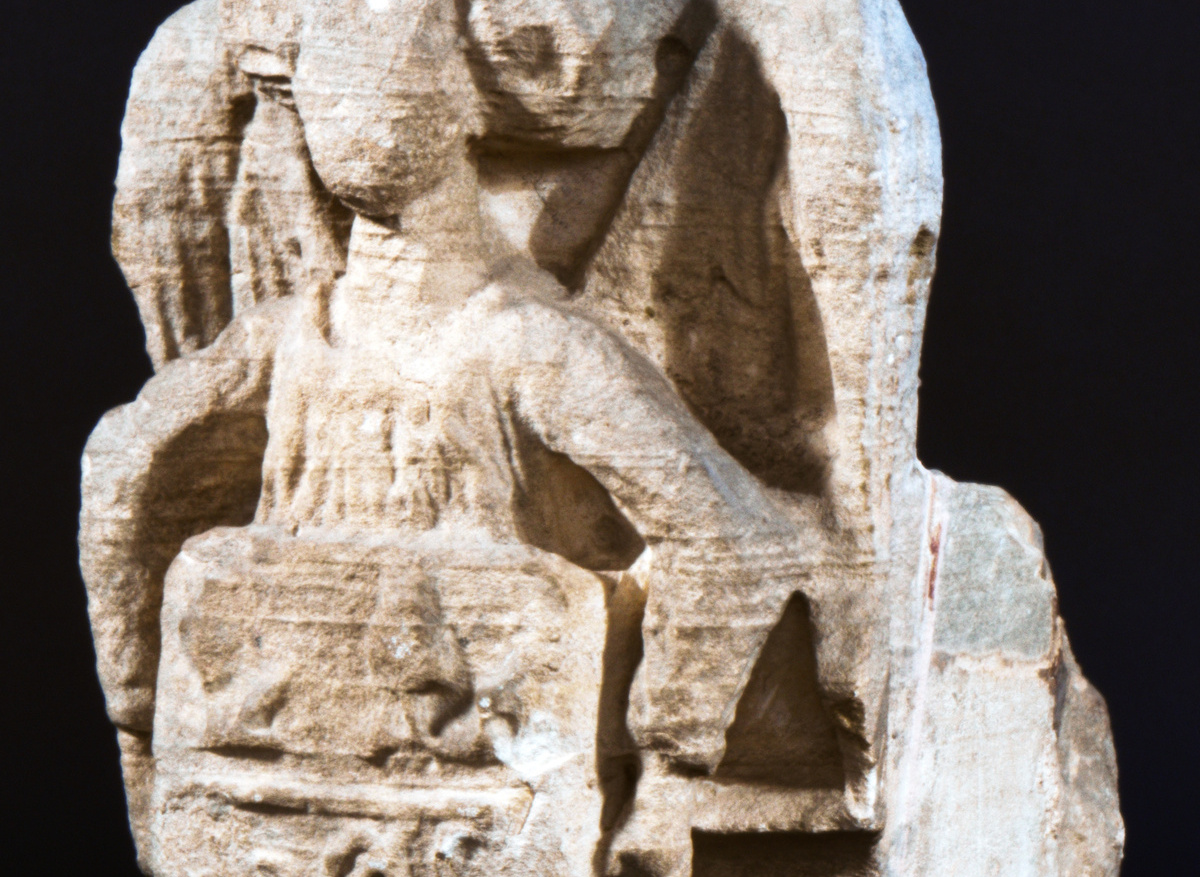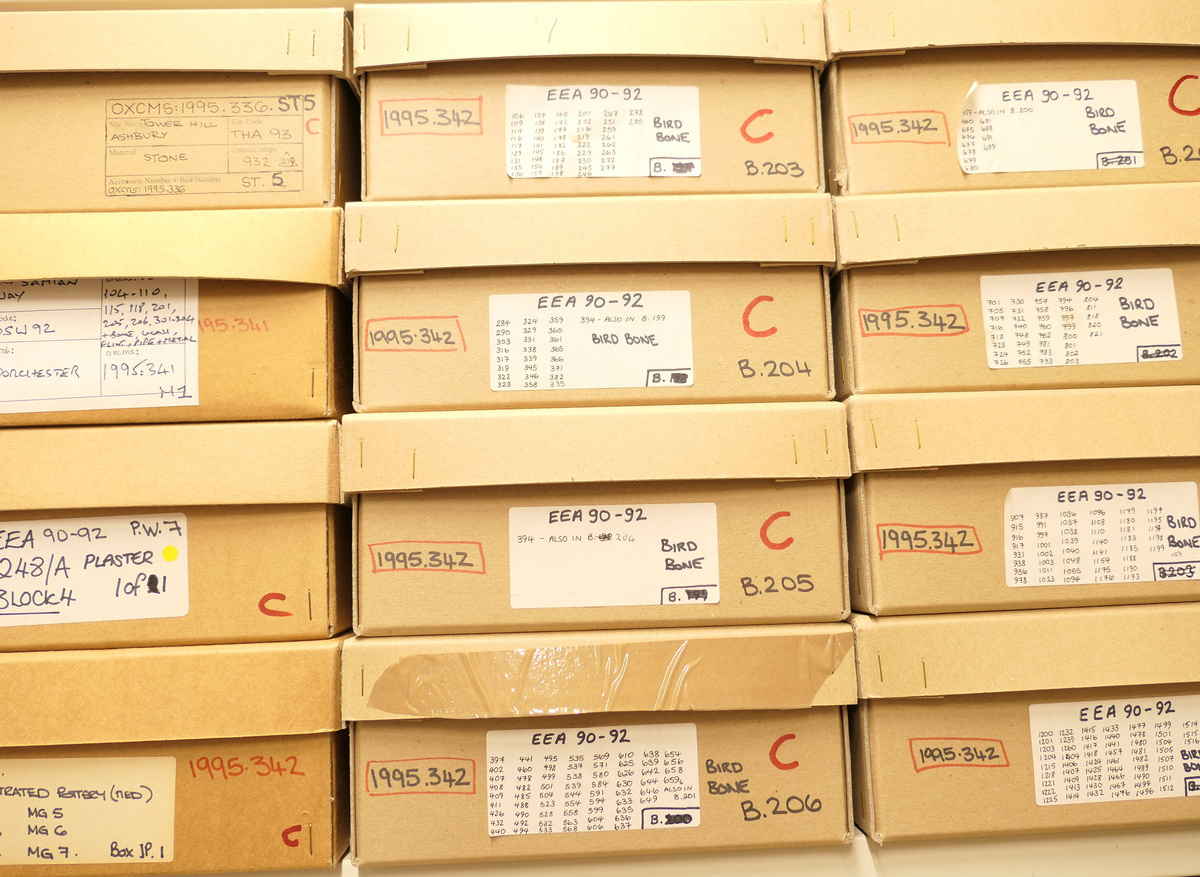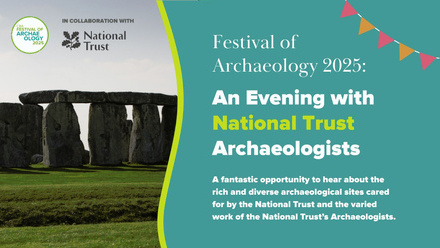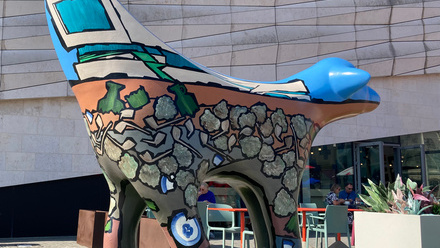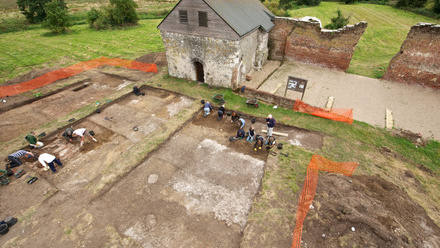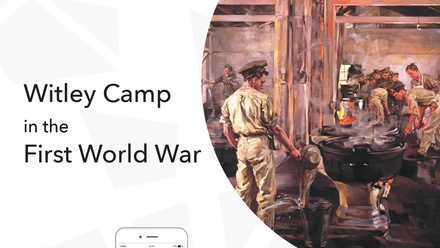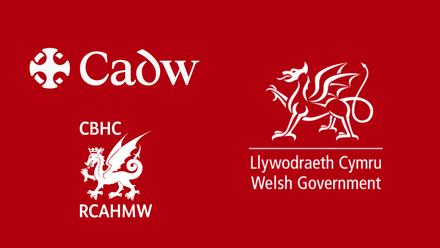I’ve now been the Curator of Oxfordshire Museums Service for 2.5 years, much of that during a global pandemic. As life is getting used to a new normal, the drive to make our collections accessible to all continues. The term ‘accessibility’ applies to many situations, whether our collections are viewed in person in museums, other venues or in our stores or whether viewed remotely via social media and our website. Without accessibility, what is the point of museums caring for these objects and telling their stories?
To continue to make our collections accessible we have forged ahead with developing our photograph collection of the archaeology collection. With our volunteers now trained in the small finds photography we are becoming more confident using the digital cameras, setting up the lighting and using Adobe Photoshop. For me, these skills started with my work with the Portable Antiquities Scheme (PAS), and I’ve been able to transfer that knowledge and apply it to the collections. The collections hold items that are not always ‘small finds’ as seen in the PAS, but the same principles apply, just on a larger scale, for example the dressed stone found on the site of Eynsham Abbey, Oxfordshire.
With our volunteers and help from Dr. Edward Caswell, the Oxfordshire Finds Liaison Officer, we are also creating a digital 3D collection which can be found on Sketchfab @OxonMRC. Creating these 3D images, particularly of objects in our reserve collection (ie those not on display anywhere) is fun, hopefully is an interesting and perhaps a more useful medium than a static photo. I am, technologically a 20th century person, but even with a bit of knowledge and nudging in the right direction (thanks to Ed and Dan Pett) I can see the potential and creativity that can come out of 21st century applications. There are exciting times ahead for the Oxfordshire archaeology collection.
In the meantime, as well as the digital accessibility routes to our collection, there is also the need and desire to have a more personal view. The next job is to get Medieval bird bones, fox bones and cat bones from our collection to enable a researcher to study the domestication and feralization of birds and animals. It is the work of such researchers on whose shoulders we stand that enable us to pass on stories to our audiences. If the primary material is not accessible to this researcher, how can I, as a curator, tell you the story of such themes in our galleries and online using our collection to demonstrate the story? Before I go off on a fanciful tangent, there are more practical matters to be getting on with… retrieving the 283 boxes from the stores which contain these bones. Time for some weight training curator style.

